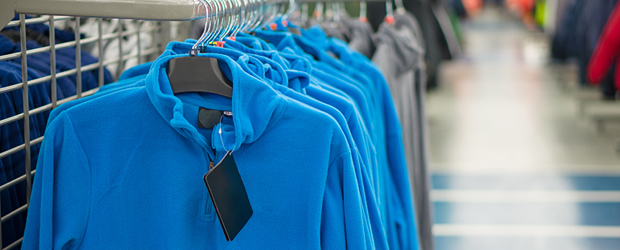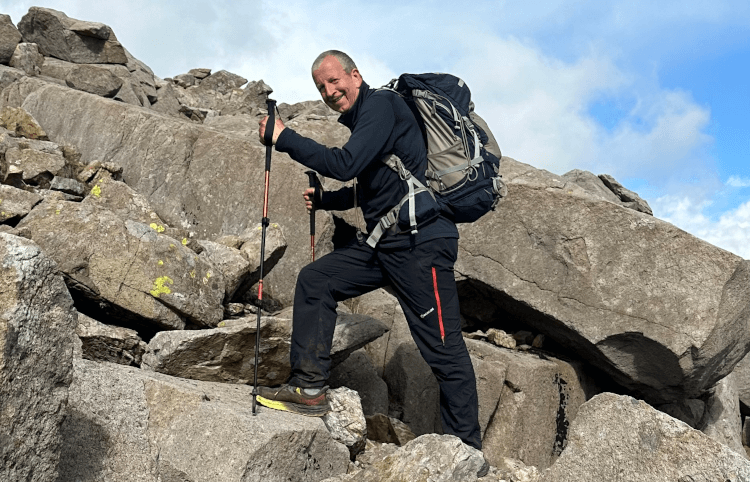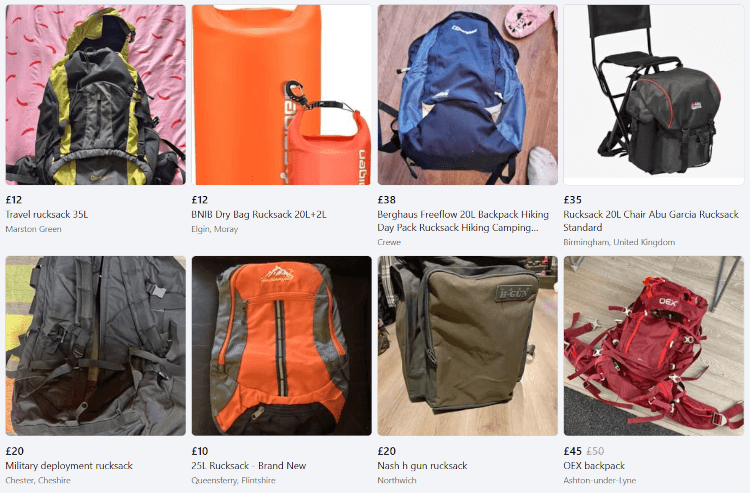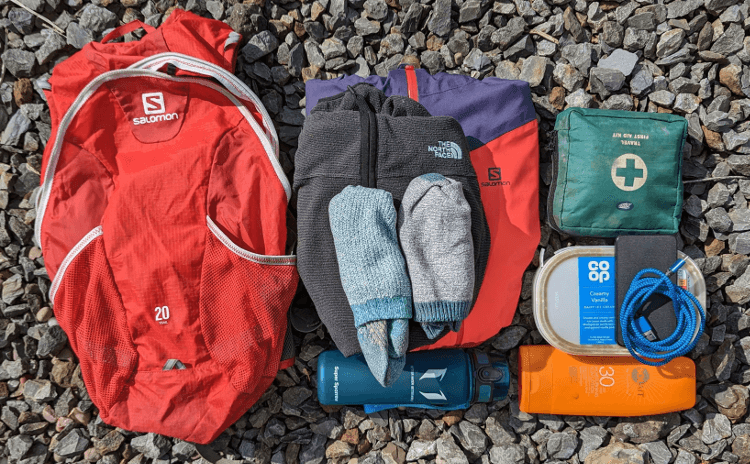Hiking Gear: What You Need & What You Don't
With so much hiking gear on the market, what do you genuinely need? We pick out the essentials and how best to get them.
Hiking Gear: What You Need & What You Don't
https://www.contours.co.uk/hiking-gear
by Catherine Sempill
Head into the outdoors in the UK and you’ll see fellow walkers kitted out in all sorts of high-end technical gear. When every second person on the trail looks like an amateur mountaineer, it can make you feel like owning the “right” kit is a prerequisite for the trails. It is not.
If you’re trying to reduce your consumption, feeling overwhelmed about what you need, or simply working to a budget, this guide will help you understand which gear is essential, what can be borrowed or bought second hand (and where) and how to decide what’s actually worth investing in.
Foundational principles are always a good place to start, so let’s begin with the items that are relevant no matter who you are and where you’re walking.
You don’t need the most expensive nor most technical made-for-mountains footwear, but you do need your feet to be comfortable and supported. You’re sure to get good use out of your shoes as you wear them on any length of walk or hike, so investing in a pair of solid walking footwear is always worth it.
While the quality of your layers may vary, you will need to pack basic layers on every walk: a base layer, a mid layer if you get cold, and an outer shell to protect you from rain or high winds. You can read more about layering your clothing for walking here.

We’re in the UK where rain is unavoidable. This item is essential and well worth the money you spend on it.

Rucksacks are a high-use, multi-purpose piece of kit. As you’ll be wearing yours each time you walk, this is an item that’s worth researching, trying before you buy, and investing a little more in.
Having the right fit for a rucksack that sits on your shoulders and back all day can be the difference between a fun walk and one where you spend the whole time adjusting little niggles.
So you know you need the essentials, but what about everything else — and how do you approach purchasing this stuff?
As everyone’s circumstances, from budget to priorities and walking style, are different, here are some things to consider when deciding what to buy and how much to spend.
Is this piece of kit relevant to your safety?
Weather plays a huge role here. Good quality layers become much more important in a Scottish winter, while you can make do with what you have on a summer walk in southern England.
Walking poles are another example. If you know you’re unstable and leaving your balance to chance increases your risk of breaking a leg, this item may bump its way up your priority list.

The stuff you’ll use regularly (e.g. those essentials mentioned earlier) is worth investing in.
Conversely, if you’re a dabbler and know you’ll only use said item once or twice before confining it to the storeroom to gather dust, reconsider if it’s important for your walk or if there’s another way you can get hold of it (more on that below).
Some items need to work optimally to be of any use at all. A cheap raincoat is a waste of money if it doesn’t keep out the rain. In this case, the only serious option is to spend a bit more on a functional item of clothing that does what it needs to do.
If you want to pick up some non-essentials, or if even the absolute essentials are pricey new, don’t worry. You don’t necessarily need to spend your entire net worth to kit yourself out.
Try Facebook second-hand gear groups, browse Facebook Marketplace, or hop onto one of the pre-loved fashion apps or websites, where a surprising amount of outdoor clothing lands up.

If you don’t mind rummaging a bit, clothing basics and random pieces of outdoor gear sometimes show up in charity shops. Things like hiking poles don’t need to be top of the range, weightless marvels of invention. A sturdy pair of aluminium poles (or even a good old wooden walking stick!) can be picked up at a car boot sale or the back of an Oxfam shop and serve you well over many kilometres.
If you’re new to walking or longer multiday hikes, trying before you buy is a good approach. Try Facebook gear swap groups or simply ask around in your community to see if anyone can lend you some kit.
If you can’t find what you need in any of the above places, it’s worth considering how vital it is to your safety and enjoyment. If it seems like you’ll need to buy a piece of kit new, consider buying small, local brands to keep your costs and carbon footprint a little lower, and decide what’s worth splurging on (shoes, rain jackets) and what you can skimp on.
You don’t need all the gear to enjoy walking. And you don’t need the most expensive kit either. First think about what you really need for a safe and enjoyable adventure, then consider what you want to own versus what you can borrow.
And remember, you don’t need to start with everything all at once. You can buy a few items at a time and build up as your hiking addiction hobby progresses.

Independent Copywriter
Catherine is a freelance copywriter and content marketer who loves to travel and spend time outdoors. Born and raised in Cape Town, South Africa, she grew up stomping up and down mountains. Now she splits her time between strolling in the UK countryside and exploring mountains further afield.